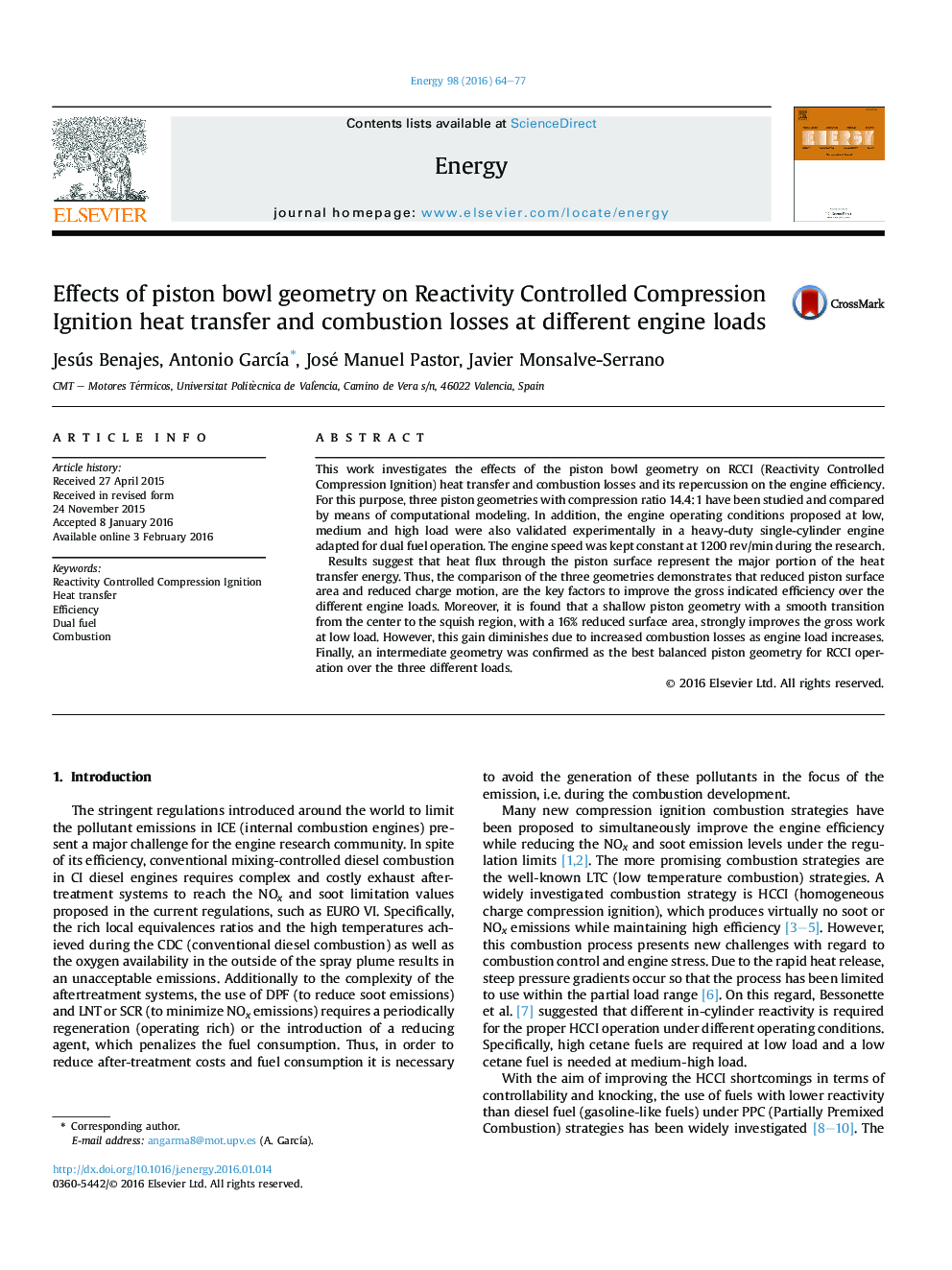| Article ID | Journal | Published Year | Pages | File Type |
|---|---|---|---|---|
| 1731359 | Energy | 2016 | 14 Pages |
Abstract
Results suggest that heat flux through the piston surface represent the major portion of the heat transfer energy. Thus, the comparison of the three geometries demonstrates that reduced piston surface area and reduced charge motion, are the key factors to improve the gross indicated efficiency over the different engine loads. Moreover, it is found that a shallow piston geometry with a smooth transition from the center to the squish region, with a 16% reduced surface area, strongly improves the gross work at low load. However, this gain diminishes due to increased combustion losses as engine load increases. Finally, an intermediate geometry was confirmed as the best balanced piston geometry for RCCI operation over the three different loads.
Related Topics
Physical Sciences and Engineering
Energy
Energy (General)
Authors
Jesús Benajes, Antonio GarcÃa, José Manuel Pastor, Javier Monsalve-Serrano,
